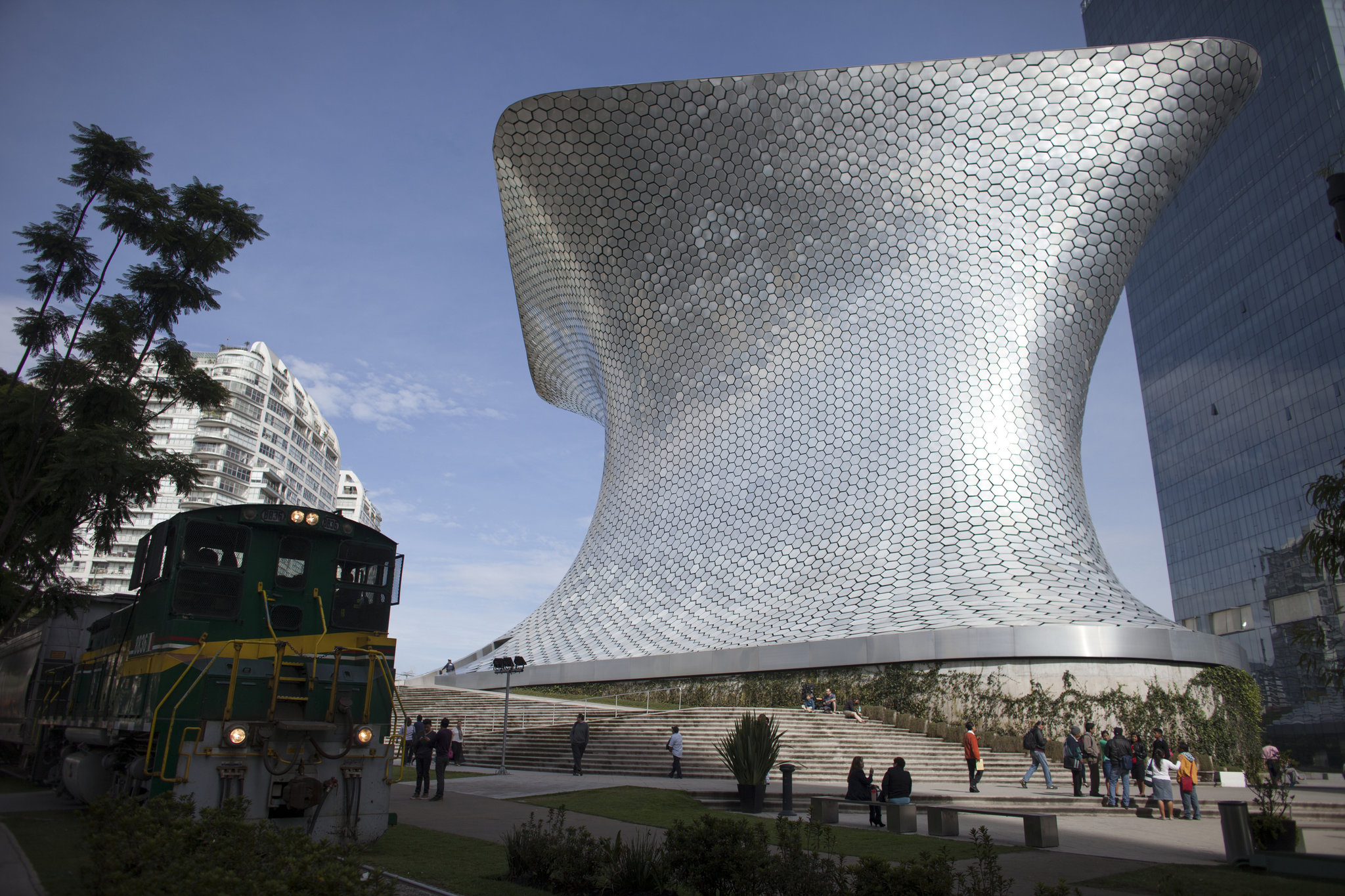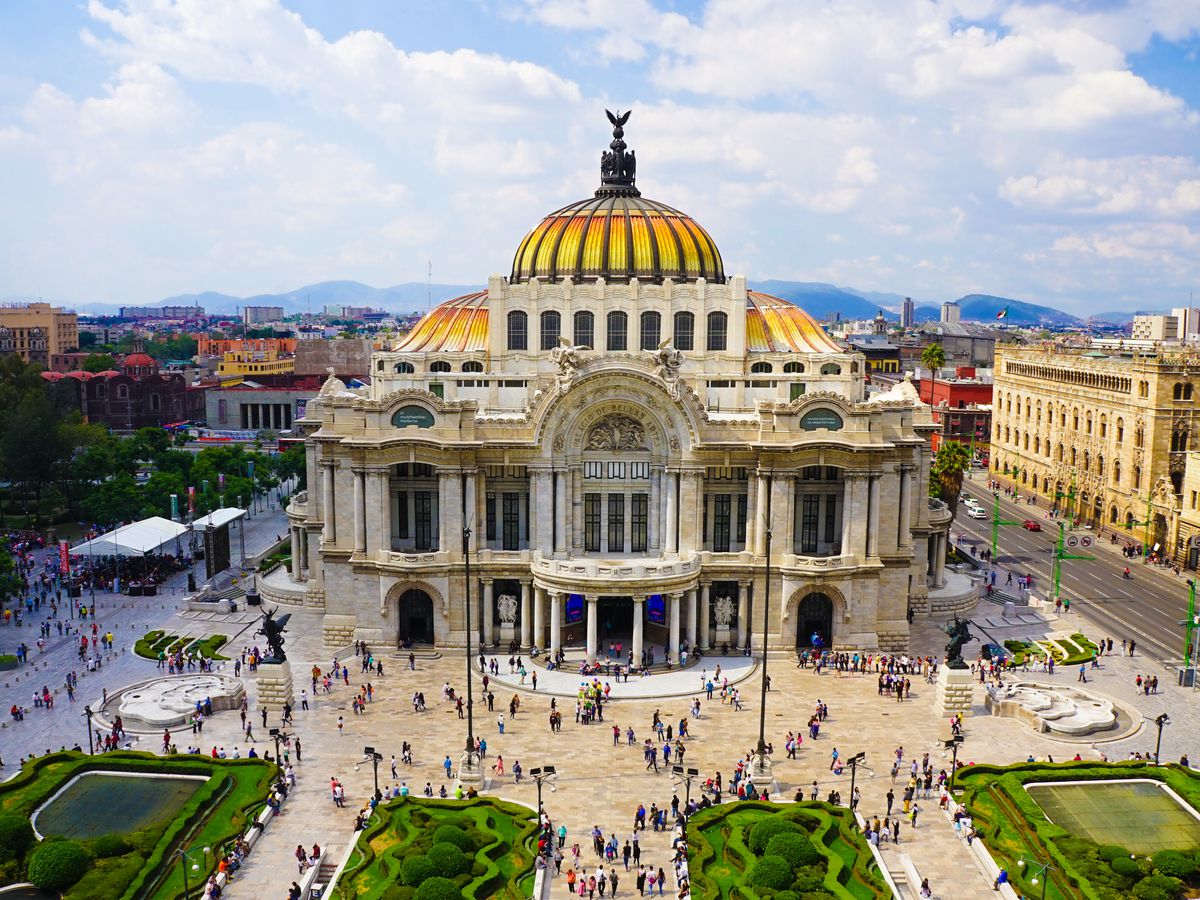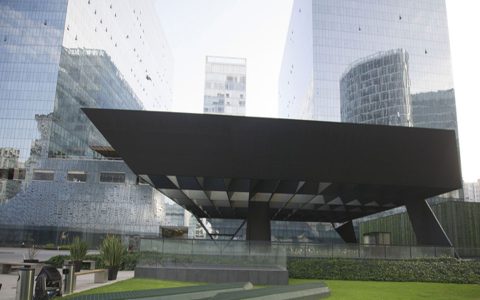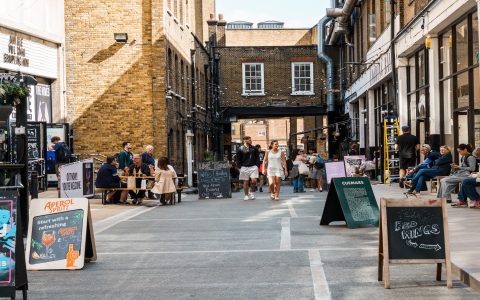Mexico City's architectural heritage is a layered tapestry reflecting its rich history. To systematically explore its evolution, focus on distinct periods and their representative landmarks.
Pre-Hispanic Foundations
Begin with ancient roots. Visit the Templo Mayor Museum to see excavated Aztec temples embedded within the city center. Explore nearby Teotihuacan (outside the city, but essential context), imagining its Pyramid of the Sun's scale influencing later builders.
Viceregal Splendor: Spanish Colonial
Stroll the Centro Histórico. Key examples include:

- Metropolitan Cathedral (Catedral Metropolitana): Decades of construction, showcasing Renaissance, Baroque, and Neoclassical details.
- Palacio Nacional: Features Diego Rivera murals depicting Mexican history within colonial walls.
- Church of Santo Domingo: Classic Baroque facade and intricate Plateresque Altar of the Kings.
The Porfiriato: European Influences
The late 19th/early 20th century saw a European wave. Look for:
- Palacio de Bellas Artes: Iconic Art Nouveau exterior with an Art Deco interior.
- Postal Palace (Palacio Postal): Exquisite Plateresque Revival detailing.
- Hemiciclo a Juárez: Neoclassical monument on Avenida Reforma, symbolizing the era.
Post-Revolution & Modernism
Post-1920s embraced modernity and Mexican identity:
- Central Campus of UNAM: UNESCO World Heritage site. See the University Library mosaic facade and Rectorate Tower. Embrace functionalist buildings.
- Functionalist Architecture: Explore neighborhoods like Colonia Narvarte for streamlined apartment buildings prioritizing function.
Contemporary Expressions
Modern architects combine innovation with cultural identity:
- Museo Soumaya (Plaza Carso): Striking, futuristic, non-linear form clad in hexagonal aluminum tiles.
- Torre Reforma: Ambitious skyscraper with a unique triangulated concrete frame design.
- Museo Jumex: Contemporary white concrete structure in Polanco.
Exploration Tips
Focus Areas: Centro Histórico (Colonial), Reforma/Polanco (Porfirian/Modern), San Ángel/Coyoacán (Colonial/Bohemian), Santa Fe (Ultra-Modern).
Guided Walks: Many excellent architectural walking tours cover specific eras or neighborhoods.

Public Transport: Efficient Metro connects key areas; Metrobús offers views along Reforma.
Look Up & Down: Observe ornamental details on older buildings and material choices on new ones. Note integration of murals (Siqueiros, Rivera) on public buildings.
Visit Museums: National Anthropology Museum showcases influences; museums in significant buildings (Bellas Artes, Jumex, Soumaya) offer dual experiences.






